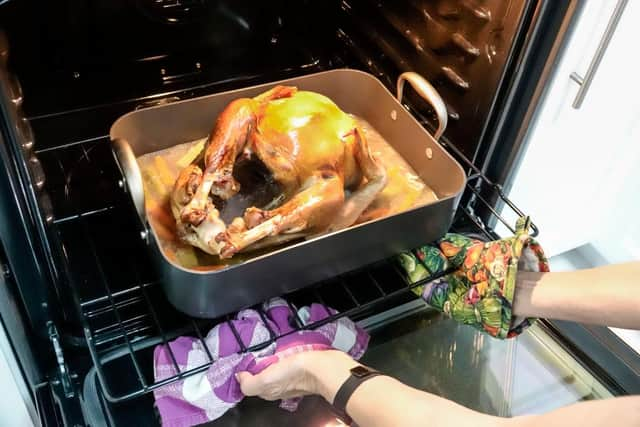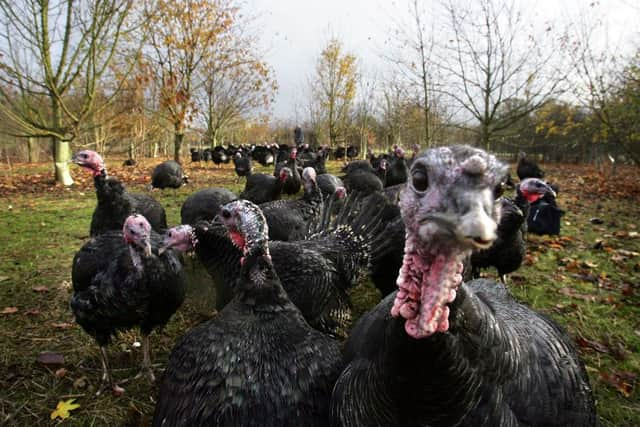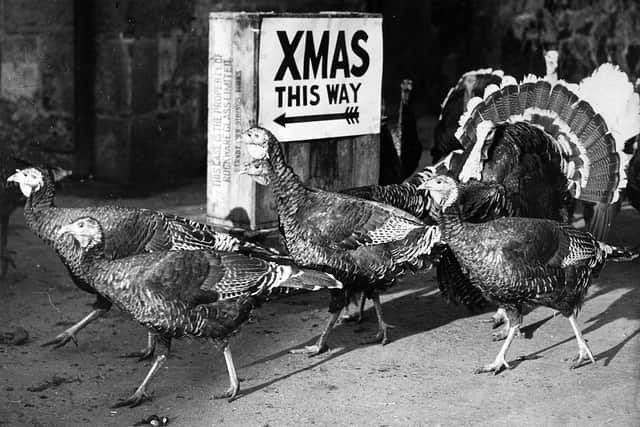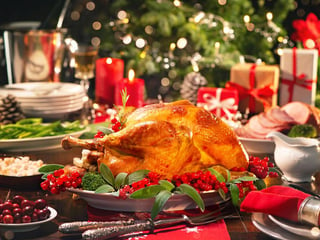Turkey at Christmas: why we eat turkey for Christmas dinner, where the tradition comes from - and why is it popular?
and live on Freeview channel 276
It’s Christmas, and as you read this, you may be preparing the centrepiece of your holiday meal, or sitting down to get stuck in to it.
For many of us, that will be turkey. It's not something most of us have really thought about throughout the year, but why do we traditionally eat the bird at Christmas?
Advertisement
Hide AdAdvertisement
Hide AdWe don’t see much of it at any other time of the year, so what link does it have to the festive season? And where did the practise start?


Here is everything you need to know.
Where does the tradition of eating turkey come from?
In a 2016 survey of 1,000 people in the UK, a surprising number of people didn’t know where the tradition of eating turkey at Christmastime came from.


Most of us thought it was developed from the American tradition of Thanksgiving, while others believed it had become popular because Charles Dickens wrote about it in his novels.
That's because Dickens’ A Christmas Carol almost literally wrote the book on many of the traditions we still celebrate today, and the famed festive novella includes a scene in which Ebenezer Scrooge sends Bob Cratchitt a large turkey (a charitable act for a man changing his ways – turkey was much more expensive than the goose the Cratchitt family would have had to make do with).
Advertisement
Hide AdAdvertisement
Hide AdBut the "real” reason – as dictated by popular history – is that Henry VIII first ate it on Christmas Day.


What has Henry VIII got to do with turkey?
Turkey first appeared on Christmas tables in the 16th century, but it’s widely believed it took the eating of the bird by the king to really catapult it into the public consciousness.
Before Henry VIII revolutionary Christmas meal, the meat centrepiece of a traditional festive feast could be anything from geese, chickens, beef, boars, and even peacocks.
Turkeys were first brought to Britain in 1526, and when farmers realised that by substituting the bird in for the usual fare, they wouldn’t have to eat from their own livestock.
Advertisement
Hide AdAdvertisement
Hide AdHenry swapped out his usual goose for a Norfolk Black bird, and by 1573, turkey was commonly served, before gaining even more popularity throughout England in the 17th century.
Were turkeys native to the UK?
Originally indigenous to the “New World” (North and South America), turkey is said to have been brought to Britain by a man named William Strickland, to whom Queen Elizabeth I granted the right to have a turkey as an heraldic crest.
Turkey was reared primarily in rural areas like Norfolk, Suffolk and Lincolnshire, which remain poultry hotbeds to this day.
The bird became so popular because it was much larger than alternatives that had come before, and a typical turkey could weigh up to 30lbs.
Advertisement
Hide AdAdvertisement
Hide AdLarger birds slowly fell out of fashion, and became more like the size we’re used to today.
The British Turkey Federation even ran an annual world's heaviest turkey competition, which was finally axed in 1989 to reflect changing attitude towards turkey (the winner weighed in at a staggering 86lb).

